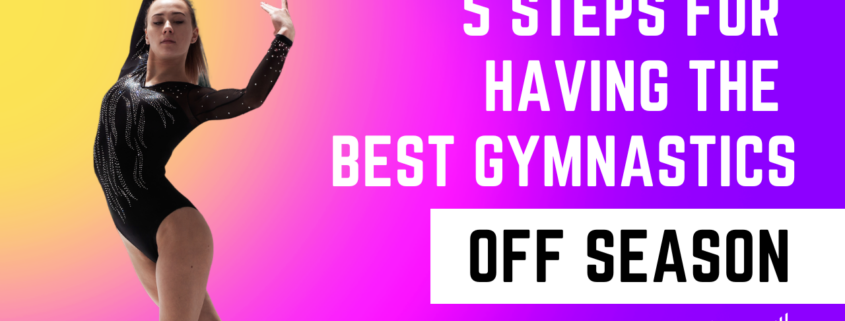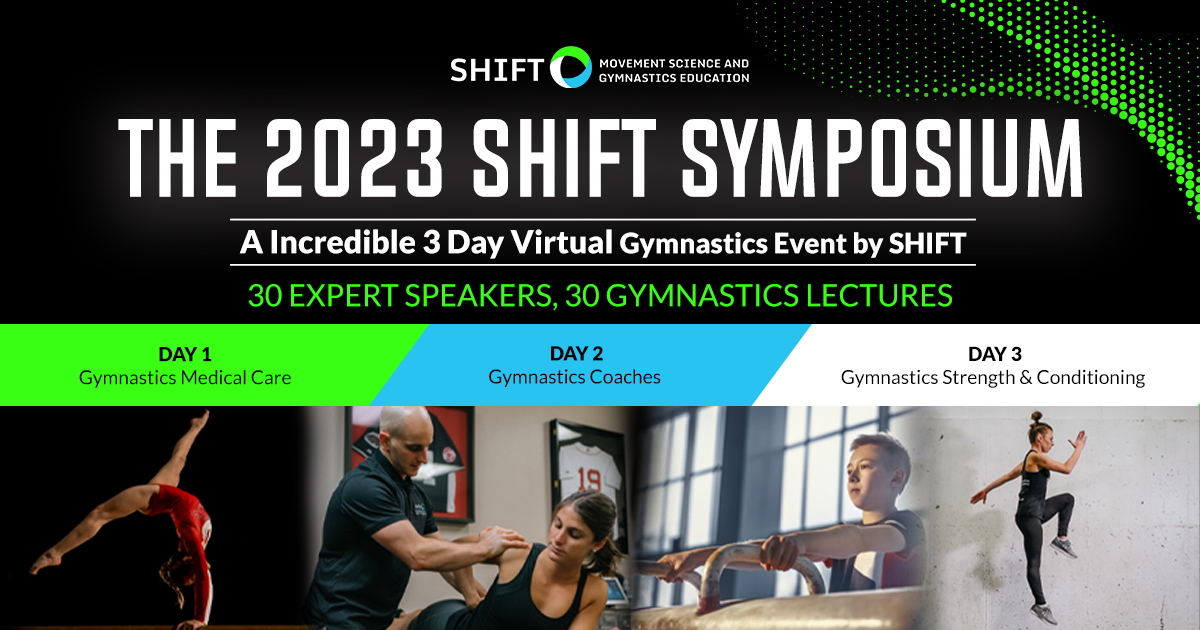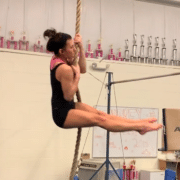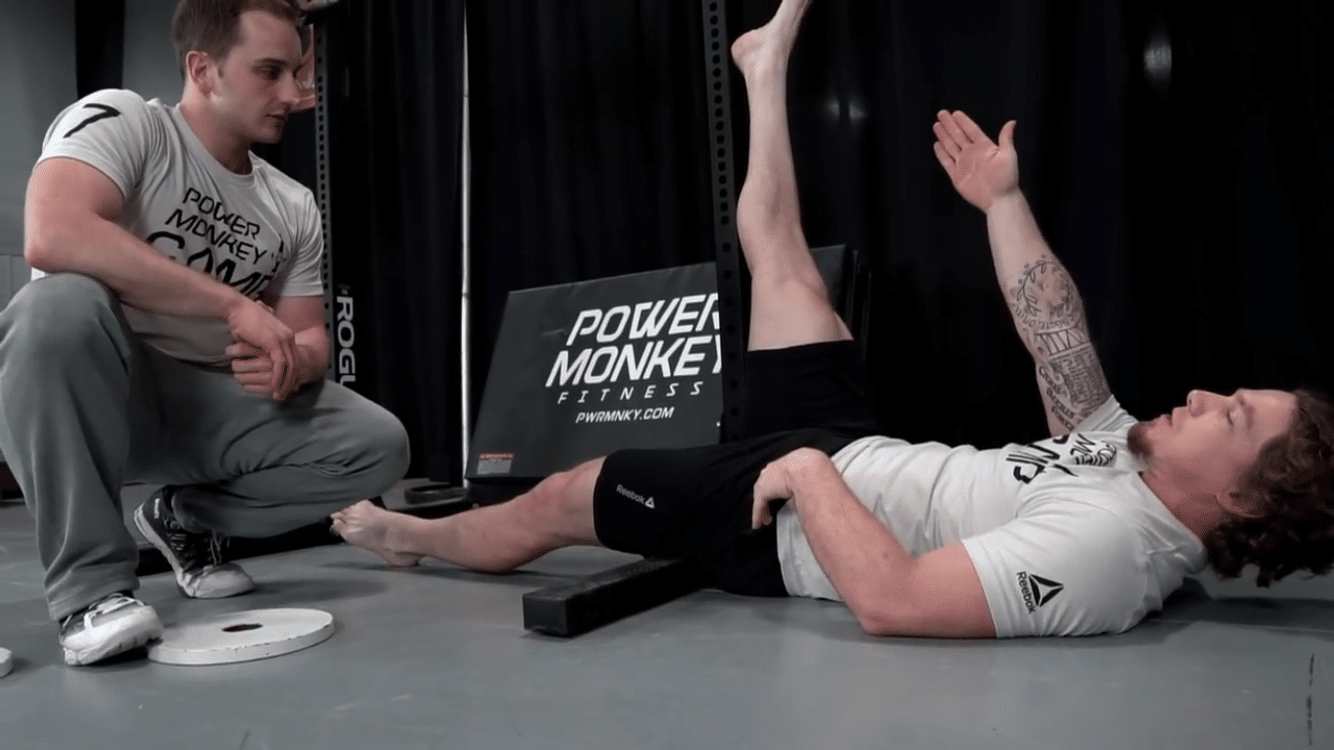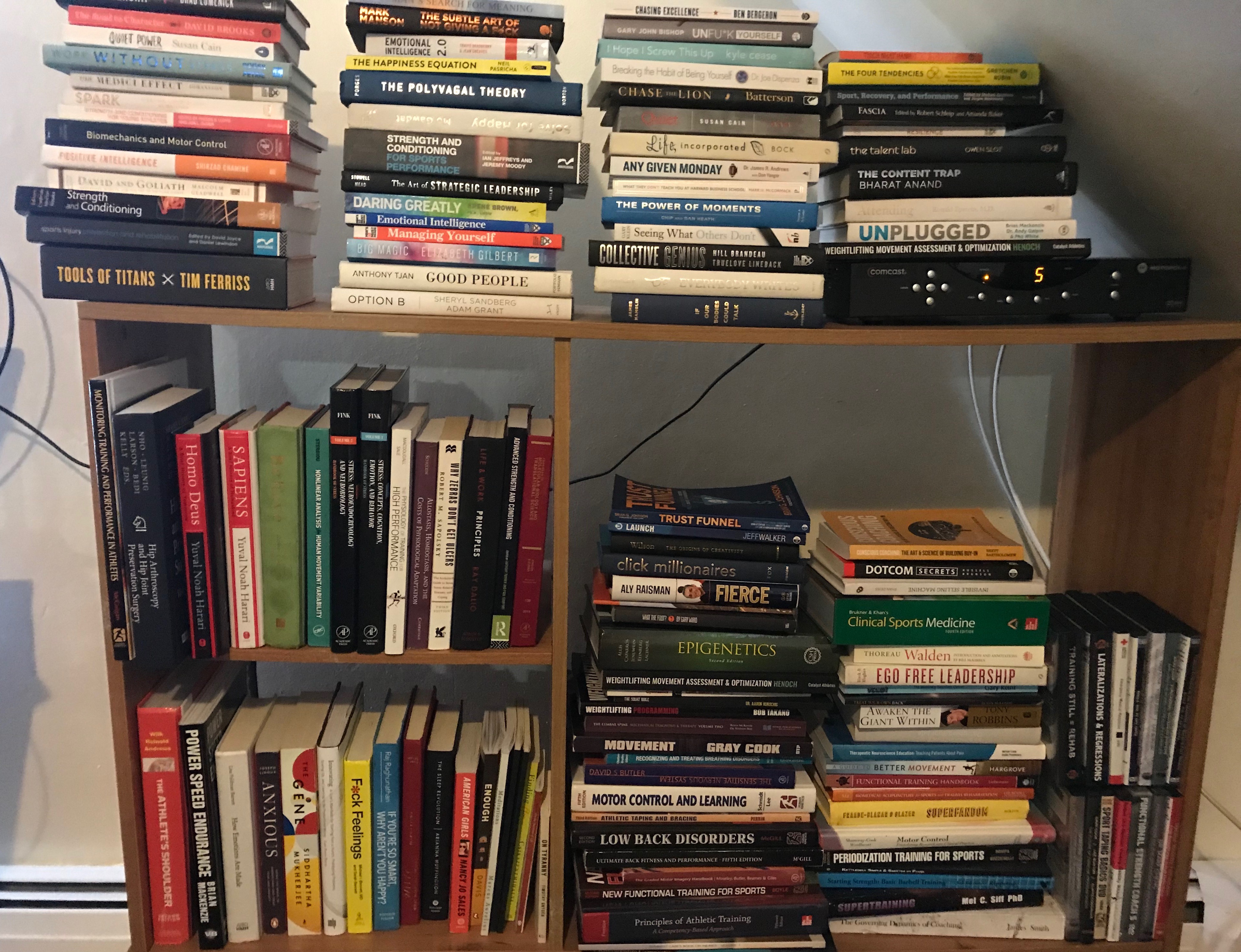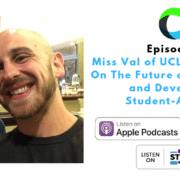5 Steps for Starting Gymnastics Off Season Right
It’s that time of the year when gymnastics season is wrapping up, and people are getting excited about the upcoming off-season. No more routines, new skills to play with, and all the other fun that comes with it. That said, when coaches are looking at all the things they have to try and work on, it can get very overwhelming very fast. In this blog post, I want to offer some very specific helpful advice for where to start based on my last 10 years of coaching, working with teams, and reading research.
Before we dive in if you work in gymnastics and are wanting to get an insane amount of helpful information on drills, skills, strength, technique, and more we are putting on a 3 day virtual gymnastics educational event with 30 expert speakers called the SHIFT Symposium in just a few weeks. We have one full day for medical providers, a full day for gymnastics coaches, and a full day for gymnastics strength and conditioning. But, the opportunity to get tickets is closing quickly so be sure to check it all out below!
Let’s dive in!
Table of Contents
1. Schedule Debrief Conversations
Reflecting on the Season
One of the key aspects of the off-season for gymnastics coaches is engaging in scheduled debrief conversations. These discussions provide an opportunity to reflect on the previous season, evaluating both the successes and areas for improvement. By analyzing the schedule, coaches can identify patterns, assess the effectiveness of training routines, and make informed decisions to optimize future schedules.

However, in order for these discussions to be productive and mature the culture must be sound. By this I mean, one of psychological safety. You have to establish the baseline that anyone can say anything as long as it’s respectful and honest. If people are afraid to speak up in fear of getting mocked, or gossiped about, zero productive content willcome from the conversation.
If that is the case though, I strongly suggest setting up a series of conversations to help gather feedback about what went well, what didn’t go well, what ideas people have for change, and what goals everyone has for the off-season. The best types of meetings I have found are
- A one-hour open discussion with all the gymnasts of a group/team
- A one-hour open discussion with all the coaches of a group/team
- A one-hour open discussion with all the parents of a group/team
- A series of fifteen-minute one on one private discussions with each gymnast
2. Identify the Three Biggest Areas of Change
From the conversations above, it is likely that a ton of ideas and thoughts will emerge. For things that went well, and were successful, note them to make sure they are repeated in the upcoming few months. But more importantly, lean into things that multiple people might have had an issue with. If there are certain patterns or reoccurring themes, you want to put the spotlight on the for improvement.
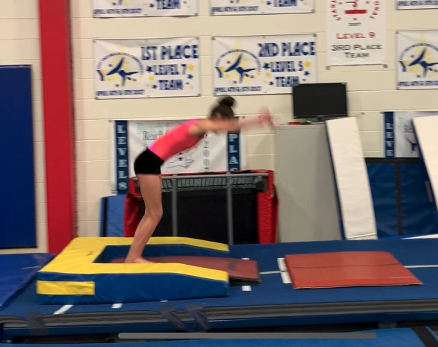
Maybe everyone struggled with uneven bar cast handstands, leading to a lot of plateaus in skill progress and scoring deductions. Maybe athletes really struggled with mental blocks or competition anxiety. Maybe floor cardio endurance wasn’t up to par, and athletes really struggled to get through their routines. Whatever the case my be, gather the top three things that need the most attention and agree as a group that they will be a particular focus.
3. Get Educated on How to Improve Those Areas
To effectively address the identified three main areas of change, coaches should invest in continuous professional development. The famous saying goes that if you have an hour to solve a problem, spend fifty-five minutes learning how to solve it and five minutes actually solving it. In the context of this discussion, it means going out of your way to find resources that can provide high-quality answers.

Is there a coach locally or online that you can connect with to ask about drills or progressions for cast handstands? Is there a mental health specialist who you can hire to give a sixty-minute talk to your staff or athletes about competition anxiety? Is there a podcast you can listen to or a lecture you can attend that talks about building floor cardio endurance?
Whatever you find, and in whatever learning style you prefer (visual, written, audio, etc), seek out these resources and dedicate one hour per day minimum to learning more about the solutions to your three main areas for change.
4. Implement Small Changes Immediately
While we need to have the thirty thousand foot view, the reality is that we also want to not get overwhelmed and stay too far zoomed out. We want to be able to apply things right away and put into practice what information we are learning. While some things might take longer to see progress on, the reality is there are many small changes that can be applied right away. Based on the three main areas of change, and what you learned in your research, find one immedate step you can take.
- Find the most simple immediate change you can make towards that goal
- Educate the staff, athletes, and parents if needed on what that change is and why
- Starting on Monday, focus on that one change all week
- On the following Monday, add another change or reflect on last weeks change
- Rinse and repeat
5. Create Skill, Strength, and Athlete Wellness Programs
Once you have a good grip on what needs to change, and you have some practical changes to be made right away, you can set the path forward for the two to three months ahead. Regardless of the specific areas that will require for your program, there are three areas that everyone needs to develop plans for.

Skill Development
Every gymnast, competitive or not, will have some skills in mind they want to either improve upon or learn from scratch. With this said you will need to take that skill and reverse engineer the key technical elements, drills, progressions, and training plans to reach that. This is the time to make those plans with gymnasts and get to work on them.
Strength Training
Proper strength and conditioning programs are the foundation of performance and health for all gymnastics. It is essential that strength programs are science-based and well thought out. It’s key that you plan out the goals off the off-season strength program, then write out the monthly sections, then the weekly plans, then the daily plans, and finally the actually workouts.
Athlete Wellness
The off-season is one of the most important times for athlete education around health and wellness. Sometimes this is specific to injuries, and helping with rehab or prehab. Other times, this is around recovery pieces like sleep, mental health, time management, hydration, fueling for performance, and more. This is the best time to create informational packets, find guest speakers to come give talks, or partake in group learning together.
Conclusion
In conclusion, focusing on the off-season areas discussed in this article is paramount for gymnastics coaches looking to excel in their coaching abilities and help gymnasts thrive. By engaging in schedule debrief conversations, identifying areas of change, seeking education, implementing small changes, and creating comprehensive programs, coaches can enhance organization, foster progress, and prioritize athlete well-being.
Remember, the off-season is not just a break from competition; it’s an opportunity for growth and development. And again, if you want to turbo charge all of the best drills, skill progression, strength exercises, and injury management ideas from expert gymnastics speakers make sure to grab your tickets for the 2023 SHIFT Symposium!
Have a great week!
- Dave
Dr. Dave Tilley DPT, SCS

